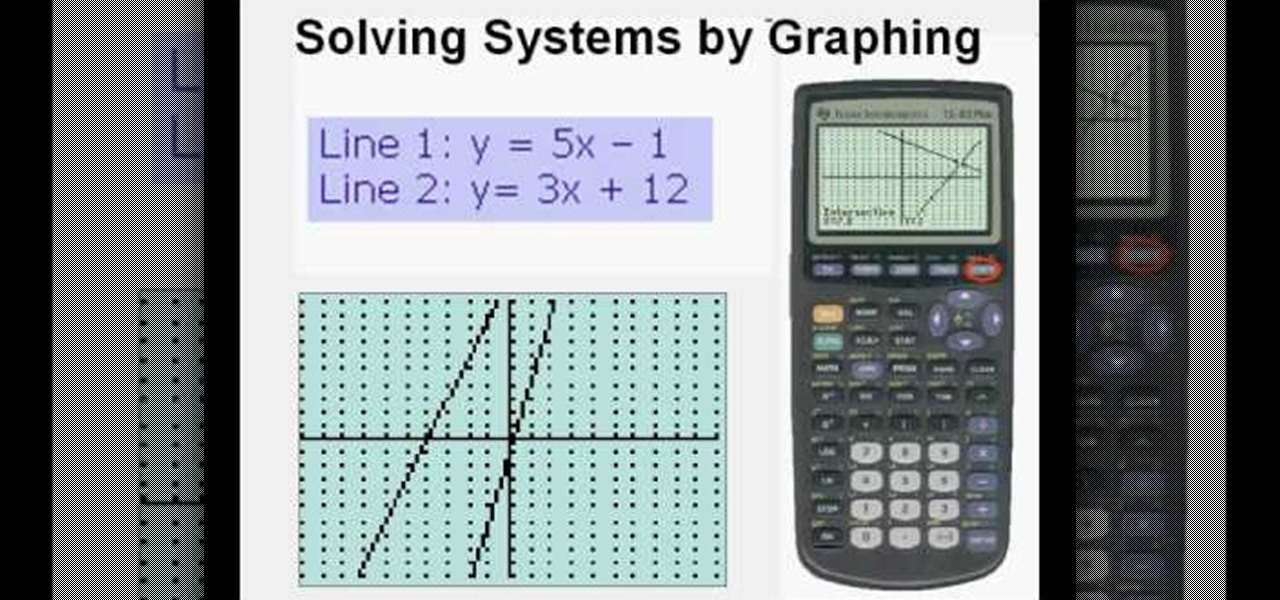


- EQUATION CALCULATOR PDF
- EQUATION CALCULATOR PLUS
- EQUATION CALCULATOR FREE
There are a number of obvious notifications in case of error detected in the course of initial inspection of the entered equation, like Unexpected character or Brackets not balanced.
Normal – The balanced equation is represented according to the above syntax guide. Small indices – The balanced equation is represented using ‘tiny’ symbols for indices and charges. However, clicking Ctrl-A and Ctrl-C you can copy the result without the tags and paste it into a DOC document keeping duly formatted indices and charges. Clicking the ‘Copy to clipboard’ button ( ) you can copy the result ‘as is’, including all the tags, and then you can paste it into any html-page. Html – The balanced equation is represented using html tags for indices and charges. Using the appropriate drop-down menu, one can choose an output format for the balanced chemical equation: They are also converted automatically to the ‘normal’ form.Ī single electron can be denoted as e – (e-) or e⁻ (with ‘tiny’ minus). SO 4 -2, or denoted using the ‘tiny’ symbols, e.g. Note, that both indices and charges can be denoted in the source document using and html tags, e.g. All the spaces are ignored and symbol → is converted to =. When entering a chemical equation manually or pasting the copied equation, it converts automatically to the ‘normal’ form according to the above rules. Do not enter the state of compounds such as solids (s), liquids (l) or gases (g). Parentheses ( ), square brackets and braces (curly brackets) =Fe. H2O for a water molecule or (NH4)2SO4 for ammonium sulfate. Indices should be entered as normal numbers after the appropriate elements or groups, e.g. There should be no a numerical coefficient before the formula. The formula of a substance should be entered using the upper case for the first character in the element’s name and the lower case for the second character (compare: Co – cobalt and CO – carbon monoxide). EQUATION CALCULATOR PLUS
The substances are separated by a plus sign (+).
Reactants and products in a chemical reaction are separated by an equal sign (=). The method is modified for finding integer coefficients. Our stoichiometry calculator uses the Gauss-Jordan elimination algorithm for solving a set of linear equations. But in case of complex reactions involving many compounds, it is preferable to balance equations using algebraic methods, based on solving a set of linear equations. There are a number of methods for balancing chemical equations. In case of ionic reactions, the same electric charge must be present on both sides of the equation. Thus, each side of the equation must represent the same quantity of atoms of any chemical element. It’s important because in a chemical reaction, the quantity of each element does not change (the law of conservation of mass). This means looking for stoichiometric coefficients for the reactants and products. So, the first step in stoichiometry calculations is balancing chemical equations. Knowing the molecular weight of the compounds involved in the reaction, it is easy to find the mass of these compounds in grams. For any balanced chemical equation, whole numbers (stoichiometric coefficients) are used to show the amounts (in moles) of both the reactants and products. Stoichiometry is the field of chemistry that studies the relative amounts of reactants and products in chemical reactions. You can enter either the required number of moles or weight in grams for one of the compounds in the corresponding field, and then press the ‘Enter’ key, to compute new values for the rest of the compounds. The reaction stoichiometry is calculated automatically for a balanced equation, with the number of moles for the compounds being the same as the stoichiometric coefficients. In what follows is a more detailed syntax guide to our calculator. ) or the asterisk (*) precedes the water formula (e.g. H₂O) are supported and automatically converted to normal form. H 2O) as well as denoted using the ‘tiny’ numbers, like ₂ or ₅, (e.g. Indices denoted using and html tags (e.g. EQUATION CALCULATOR PDF
You can enter a chemical equation manually or paste the equation copied from a web page or text document (including DOC or PDF file). In case the original equation was unbalanced, the field with this equation is highlighted in light pink.
EQUATION CALCULATOR FREE
The equations may include free electrons and electrically charged molecules (ions) as well as hydrated compounds. This online Stoichiometry Calculator finds the stoichiometric coefficients to balance a given chemical equation and computes amounts of the reactants and products of the reaction, both in moles and grams.






 0 kommentar(er)
0 kommentar(er)
